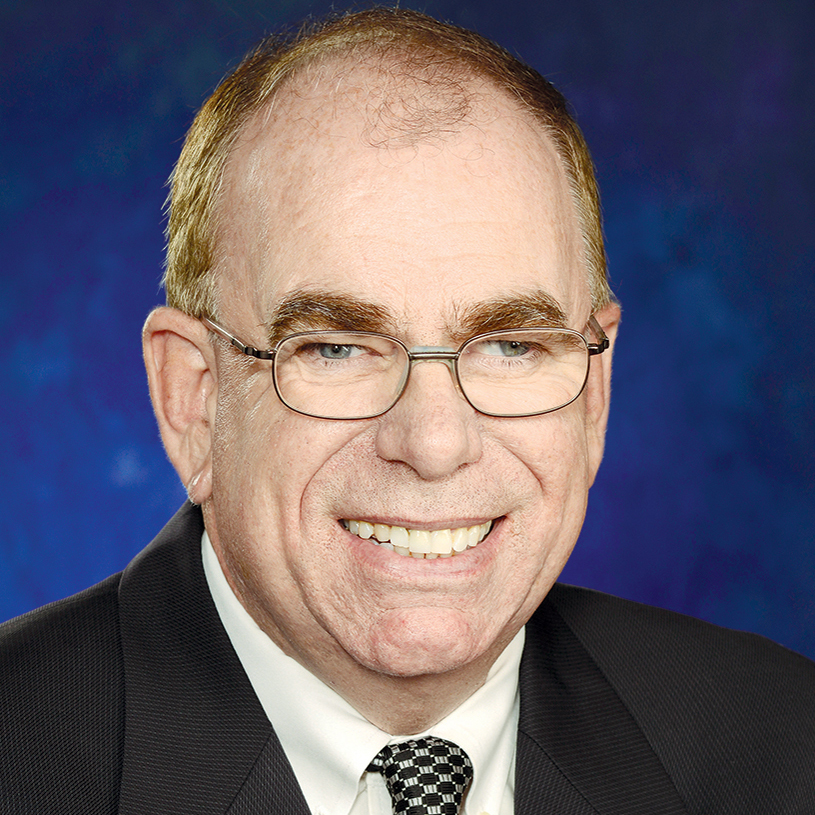
Senior living suffers from a grand illusion problem. Even in 2021, many of its practitioners insist it is primarily in the hospitality — rather than the healthcare — sector.
The available evidence would like to have a word with that quaint notion.
Let’s start with the obvious. It’s hardly a secret that many assisted living operators are paddling upstream as quickly as possible. Moreover, the resident profile at many communities bears a striking resemblance to what was typical in nursing homes less than two decades ago.
As for some actual proof that senior living is becoming a full-fledged post-acute care player, please allow me to direct your attention to the 2021 AHHQI Home Health Chartbook. It recently was released by the Alliance for Home Health Quality and Innovation and the National Association for Home Care & Hospice.
The publication notes that hospital discharges to assisted living communities, retirement communities and homes represented 57% of initial Medicare beneficiary destinations after hospital stays in 2015, 55% in 2016, 57% in 2018, 58% in 2019 and 57% in 2020. Findings are based on data from an Avalere Health analysis of Medicare standard analytic files.
The community (assisted living communities, retirement communities and homes) was the most frequent post-discharge destination in that time period across all regions of the country, higher than skilled nursing facilities, home health agencies, inpatient rehabilitation facilities, long-term acute care hospitals, hospice programs and other inpatient hospitals.
For senior living communities, such findings should be a source of both comfort and concern.
The comforting news is that operators are adapting and expanding their operations by tapping into public funding. The bad news is that many senior living operators are sure starting to look like healthcare providers as they do so.
Frankly, I’m a bit surprised the skilled care sector hasn’t pointed out this transition more aggressively. Then again, maybe it’s just a matter of time.
If/when that happens, it likely will be in the form of a question to lawmakers and policymakers along these lines: shouldn’t businesses competing for the same customers play by the same rules?
With each passing day, that question seems fairer to ask.
There is a great irony at play here. Many of the pioneers in assisted living wanted to compete against nursing homes. They chose to do so by providing an alternative product that was nonmedical in nature and almost completely private pay.
Can senior living honestly lay claim to either distinction now? When every state is directing Medicaid payments toward assisted living? When Medicare Advantage is getting in on the action? When so many residents have dementia and/or three-plus daily activity limitations?
To be sure, senior living and skilled care facilities are not the same animal. But to a growing number of policymakers, that distinction is likely to get blurred. Why? Because as a practical matter, the lines are, in fact, getting blurred.
Let’s face it: senior living currently enjoys a pretty sweet deal. Access to hospital discharges, no federal regulations, no federal reporting requirements. The list goes on.
But for how much longer? Especially as senior living continues to look less like a boutique business and more like a commodity.

